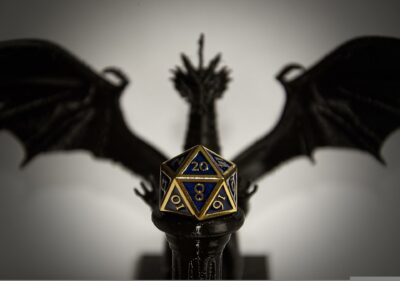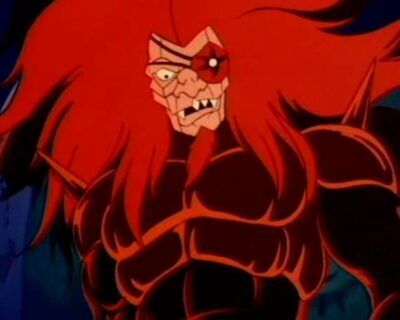The first email list I ever joined was about Dungeons & Dragons.
I’m always surprised when I remember this.

Image by ScalyDragon from Pixabay
I wasn’t all that into D&D as a newly-minted teenager. I had never even played it. To that point I only knew it by the lingering reputation of its satanic panic and because that one stereotypical metalhead in my 8th grade class played it.
Yet, I had recently made the connection that the finite worlds of video game RPGs like Final Fantasy could be emulated in Dungeons & Dragons.
Between obsessions with comic books and music, I begged for a set of the core trio of Advanced Dungeons & Dragons books as a gift, and spent spare moments imagining the worlds that could be built with them while trying to understand exactly how ThAC0 worked.
Thus, early in my days on AOL, I joined a D&D email list.
I fucking tormented them with my terrible ideas. I wanted panthers with wings a a playable race because I had made them up in a fantasy story I was writing. I wanted every character from Final Fantasy 3(/VI) as a playable class because that was my doorway into D&D.
I’m not sure if I got kicked off or if I wandered away dejected when no one liked my ideas. I never did wind up playing much D&D.
If you were on that mailing list: I’m sorry. I now fully understand the pain of having to occupy the same internet as the entire world of overeager teenagers.
I’ve fallen back in love with Dungeons & Dragons again over 25 years later for some of the same reasons I was enamored with it in the first place: it’s a vast storytelling system that is infinitely extensible and invitingly hackable. Any character or creature or setting you can imagine is just a fistful of stats away from fully existing in your campaign world.

The toy of Mon*Star was the perfect scale to swat a G.I. Joe out of battle as if he was kicking a puppy.
I love that. I’ve always loved that! I was the kid who always wished all of his toys could be the same scale so they could inhabit the same worlds as each other. Even if they weren’t that wasn’t going to stop me from having my Super Friends Wonder Woman team up with my G.I. Joes to fight Mon*Star from Silverhawks.
That D&D mailing list was a small window into the world of extending and hacking D&D at the time. There were also 3rd party D&D products, although you’d be forgiven if you never got to them because there were so many official D&D materials to choose from it felt like you could never even see them all, let alone own them all.
(I’m sure someone on that listserv owned them all. They probably hated me.)
Over the years, Dungeons & Dragons has increasingly realized the sheer power of that infinite extensibility. In 2000, Wizards of the Coast released the 3rd Edition of D&D and, alongside it, the concept of the D20 System and the Open Gaming License (OGL).
Simply put, the D20 System meant you could expand on the established rules of D&D with your own products bearing the D&D logo, but you could not supplant the need for a core rulebook
The accompanying Open Gaming License meant you could use, change, or omit any of the rules and mechanics of D&D with the brand and lore filed off like a forgotten serial number.
This freed Wizards of the Coast from having to produce disposable, low-profit books of adventures to keep their players glued to their tables. Any company could produce a derivative work to offer to D&D players via the D20 system, which could be as minor as a few new monsters, or via the OGL, which could be an entire gaming world and system that just happened to use D&D mechanics. That means you could officially use D&D rules for a modern day setting, or a sci-fi story – not only at your home table, but in a published work.
Fast forward to the present day and the current 5th Edition of D&D – 5e, for short, which has been in play since 2014. [Read more…] about The Infinitely Expanding World of Dungeons & Dragons 5th Edition